Newsletter
Stay up to-date with the latest imaging, analysis and metrology news from Digital Surf.

Researchers at Purdue and Harvard universities explored fish scale surfaces in 3D using MountainsMap® software.

A team at Widener University (Chester, Pennsylvania, USA) recently used bimodal AFM technique and MountainsSPIP® software to study the calcification process of polylactic acid polymer (PLA), a plastic filament material widely used in 3D printing.
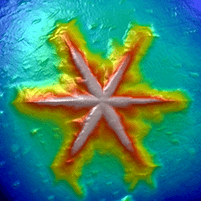
A comprehensive description of the surface of snow is crucial for understanding the tribological system between skis and snow. Felix Breitschädel, of the Norwegian Olympic Sports Center, tells us how a novel measurement device is changing our understanding of the surface of snow and constitutes a promising method for future research.
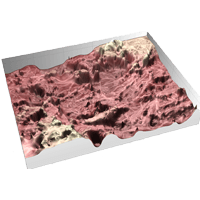
A team of researchers at the Catholic University of Louvain used topographic characterization and 3D reconstruction to reverse engineer the human ovary, bringing a plethora of new possibilities in biomedicine and biomimetics.
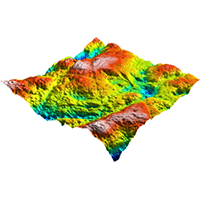
Researchers used 3D surface texture analysis to study the tooth surfaces of two wild chimpanzee populations from Western Africa to trace seasonal dietary variations and individual feeding habits in these animals.
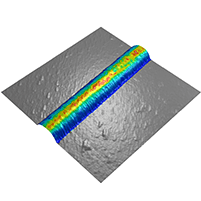
Researchers at the Structural Nanomechanics Lab at Dalhousie University in Canada have been investigating the nanomechanical behavior of Collagen I fibrils. Their study demonstrated that nanomechanical mapping can detect subtle changes in molecular dynamics and fibril architecture. This article explains how Mountains® software allows fine-tuning and detailed analysis of force volume data.
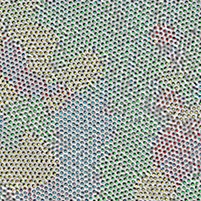
The Institute of Electronics, Microelectronics and Nanotechnology (IEMN) in France recently completed the “Dirac III-V” project investigating ways of producing Dirac electrons (electrons without any mass). This project called for the use of many different fabrication methods as well as a software program capable of bringing together and processing the different kinds of datasets generated.
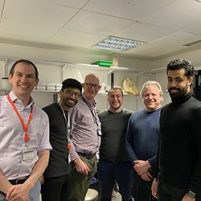
A team of researchers at King’s College London worked on ways to improve the understanding of the erosive tooth wear process, and also investigated innovative techniques for clinicians to monitor and treat it.
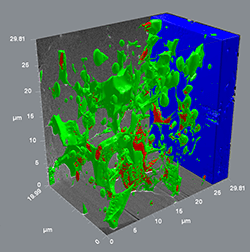
A research team based at JEOL France recently studied the composition of magnetic fields incorporated in direct current electrical motors. In this study, they used a FIB-SEM technique coupled with a specialized analysis software package, based on Mountains® technology.
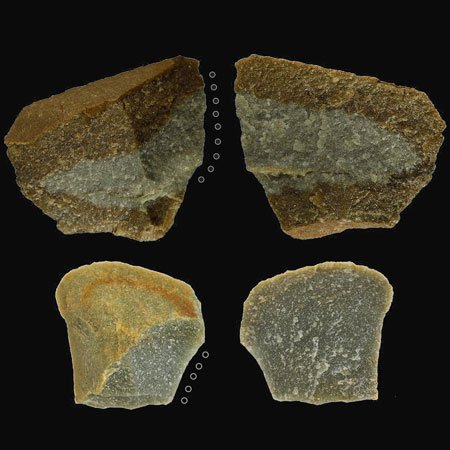
Quartzite stone flakes were analyzed to better understand the use of prehistoric artifacts
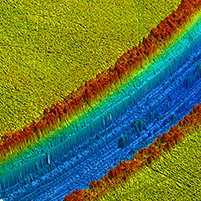
A group of researchers from the University of Ferrara, Italy, defined a general procedure to characterize surfaces and to evaluate their antimicrobial properties. Learn more about how they used Mountains® software in their study.
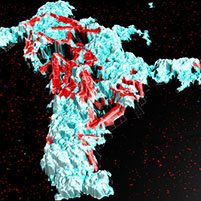
For this application, a research team at the LNE Nanotech Institute combined measurements from several instrument techniques including Atomic Force Microscopy (AFM) and Scanning Electron Microscope (SEM) equipped with a new-generation energy dispersive X-ray detector (EDX). They used MountainsLab® software to correlate the collected data and extract the relevant information.